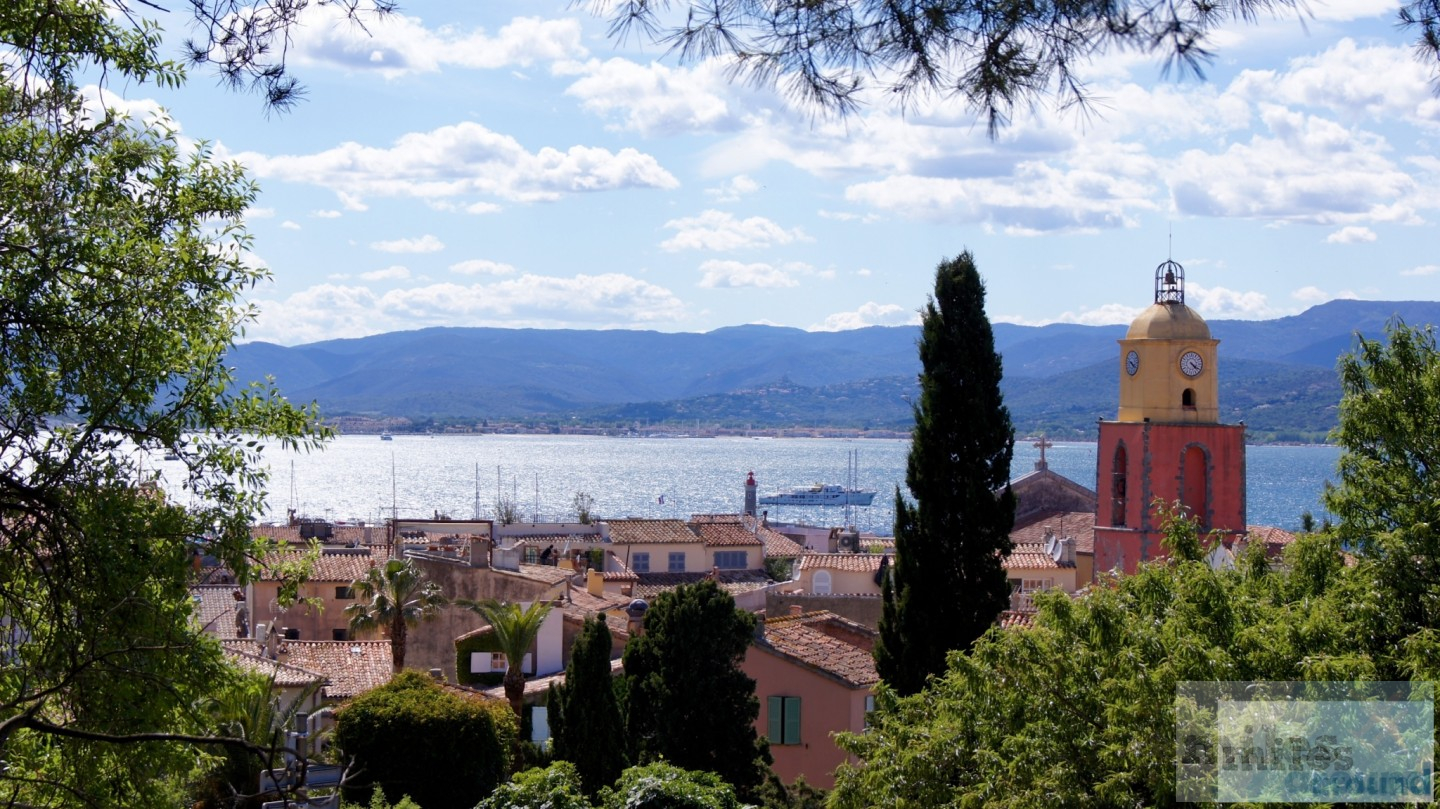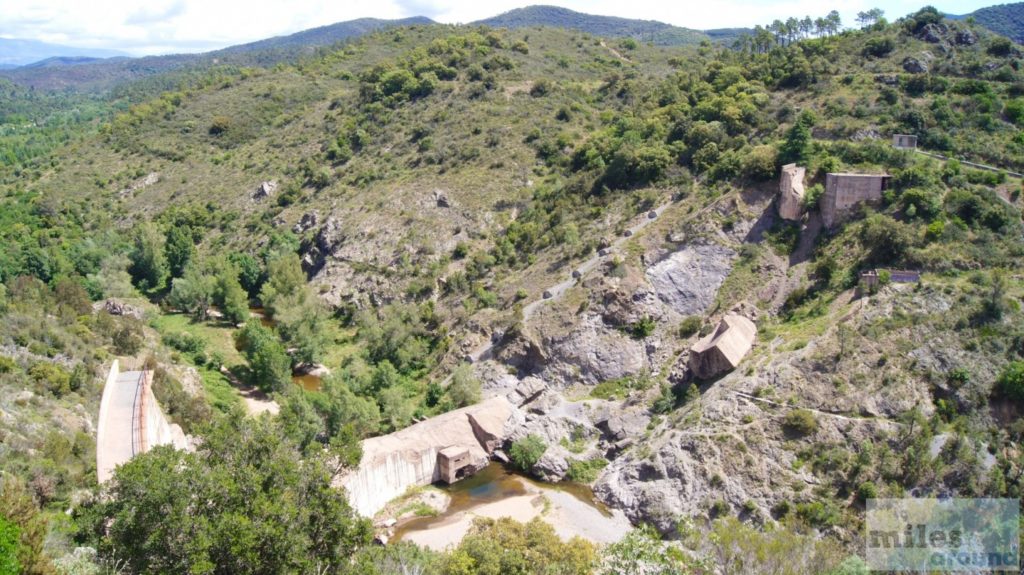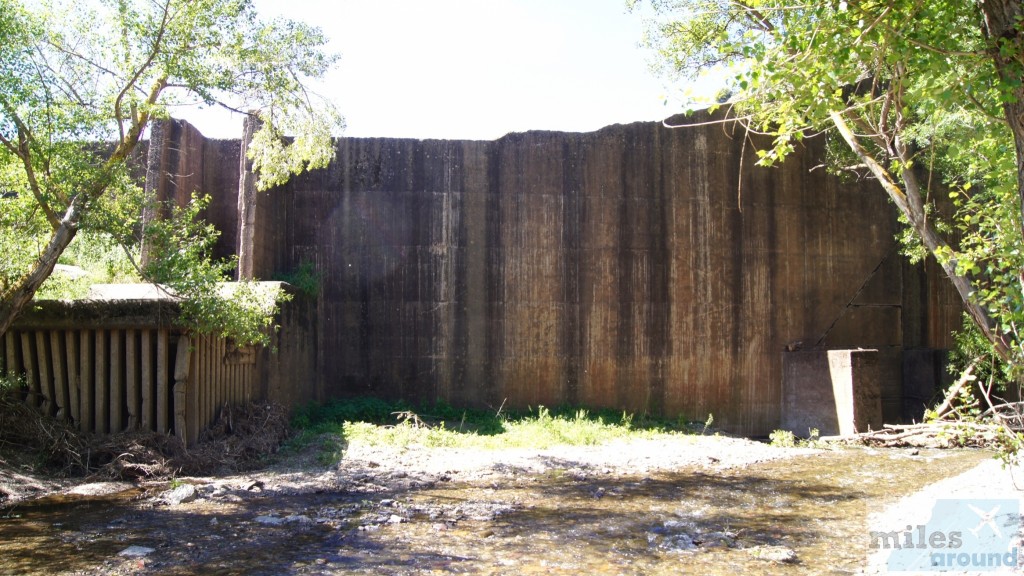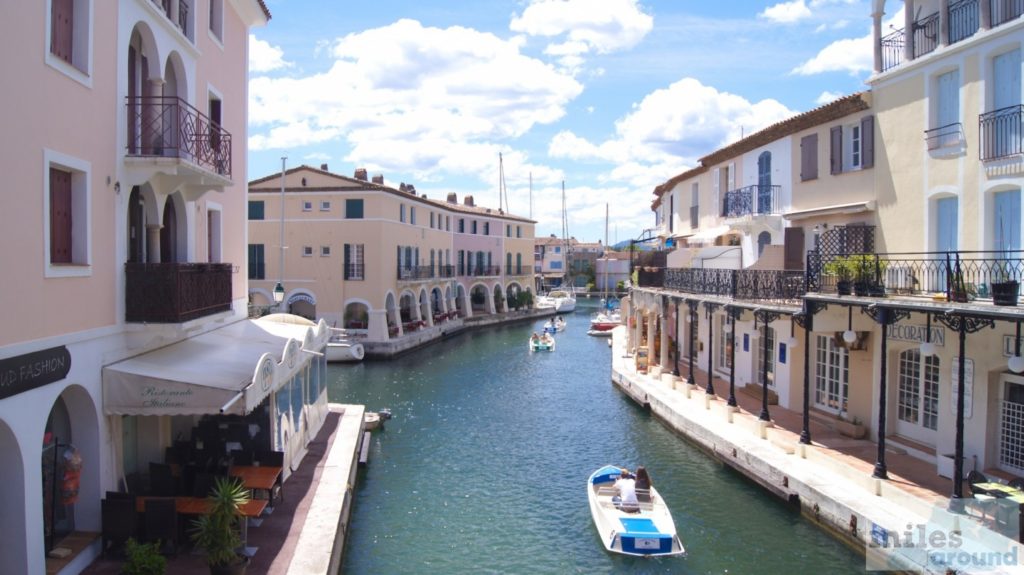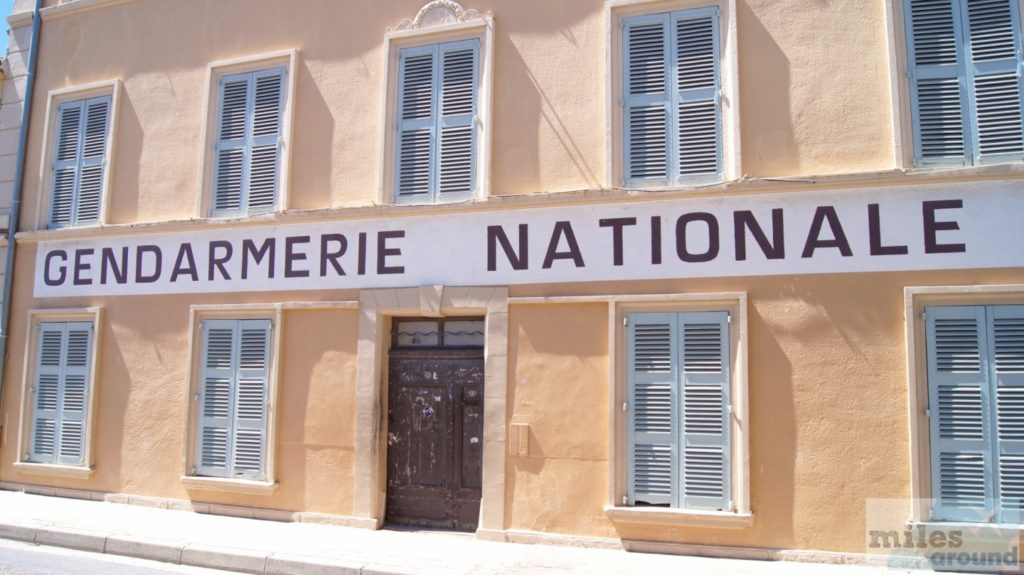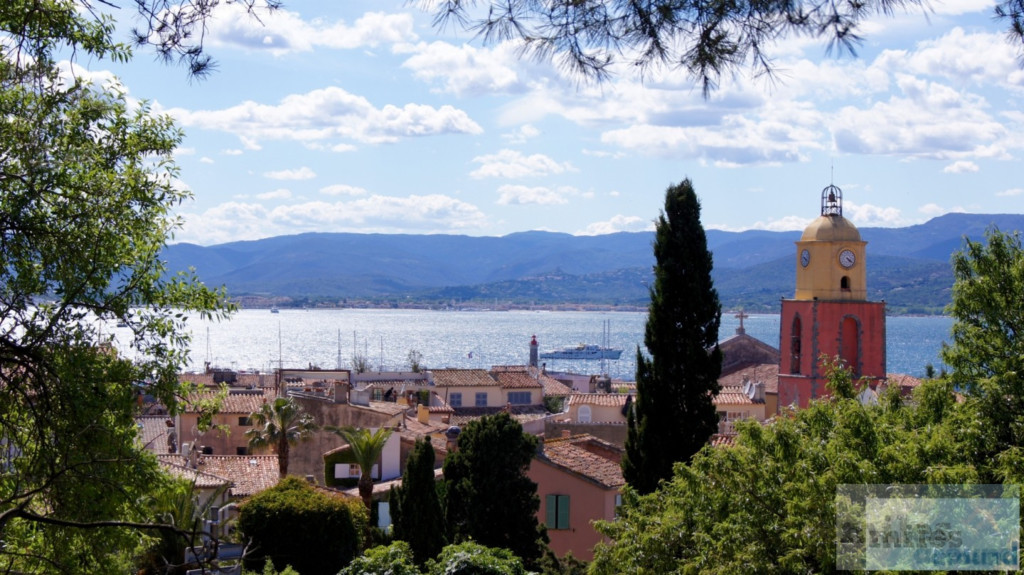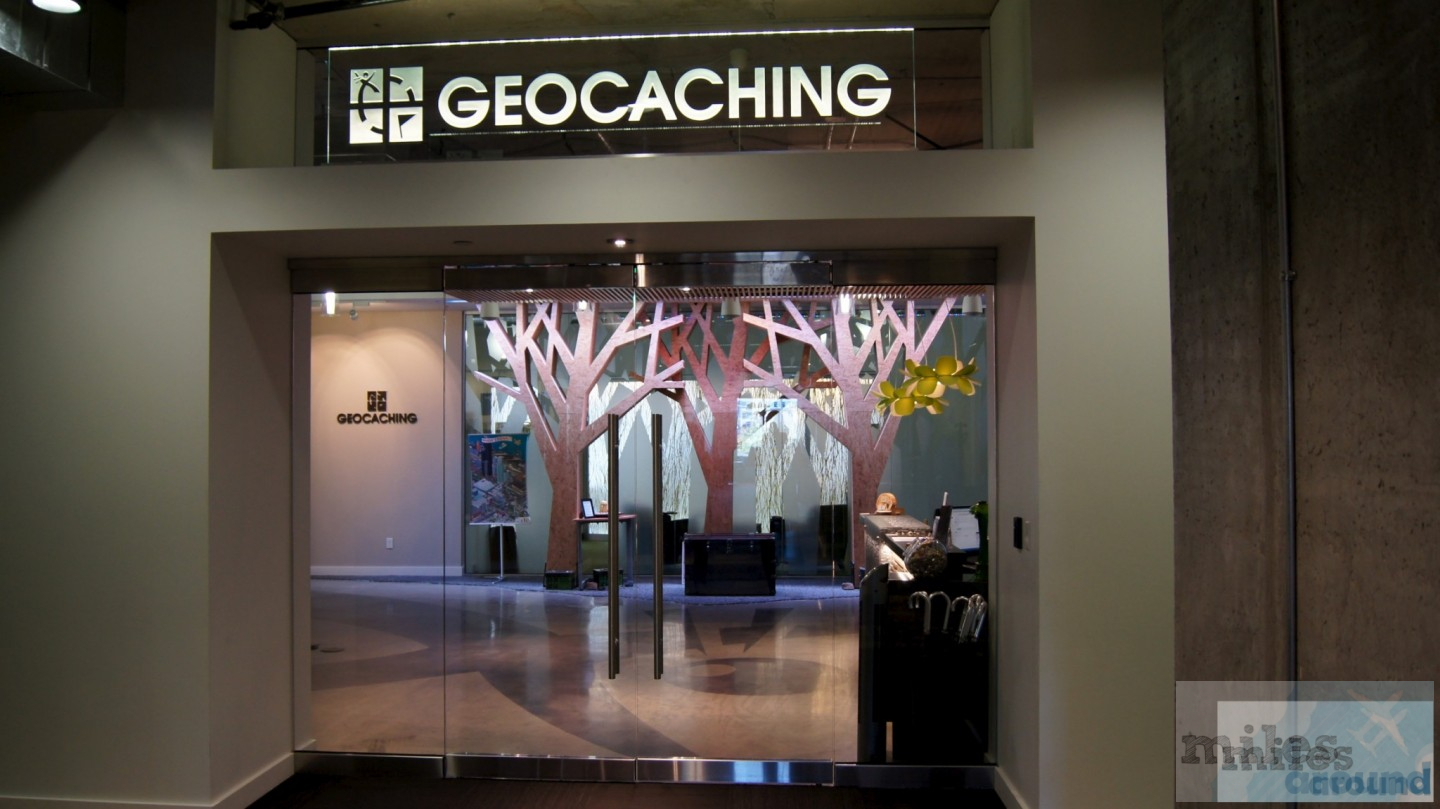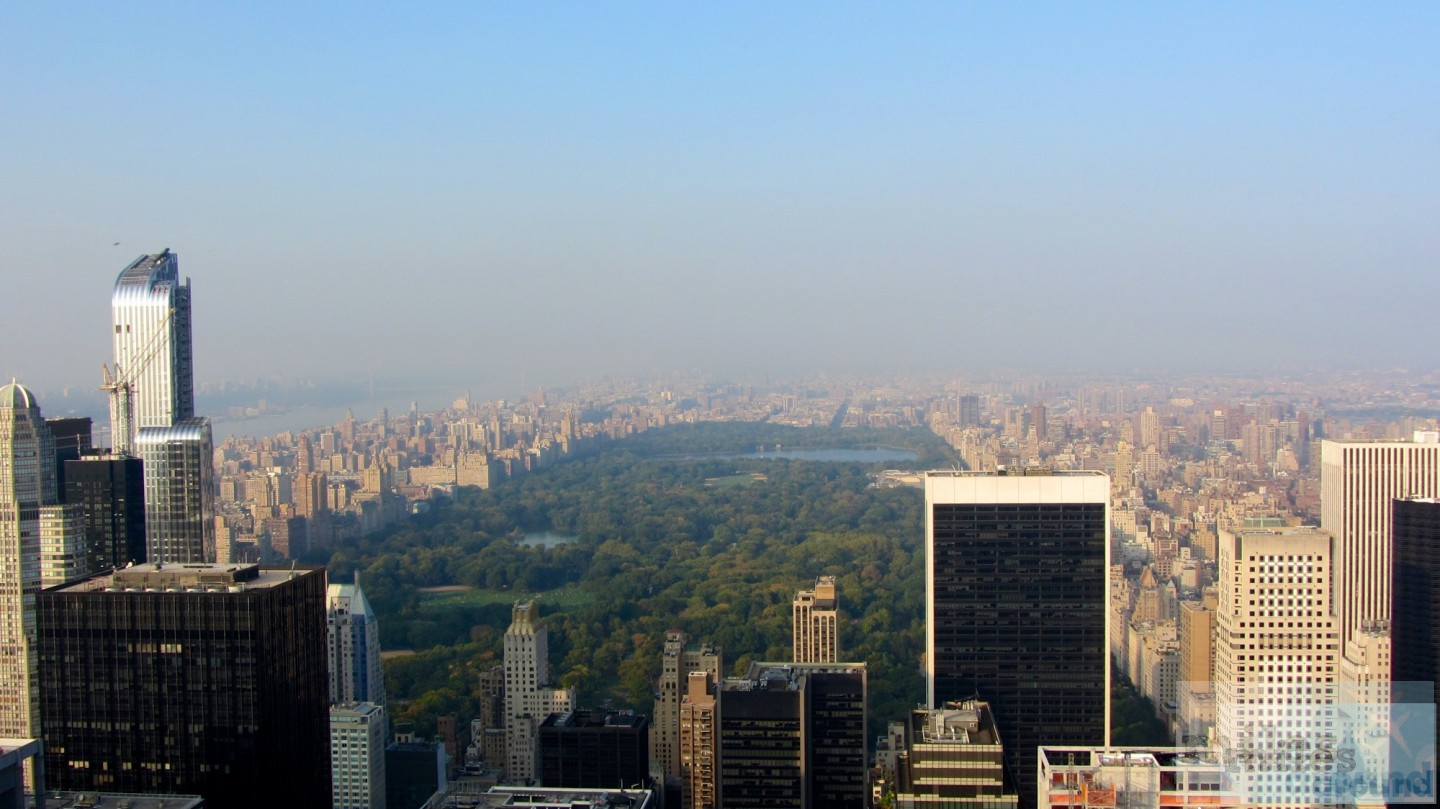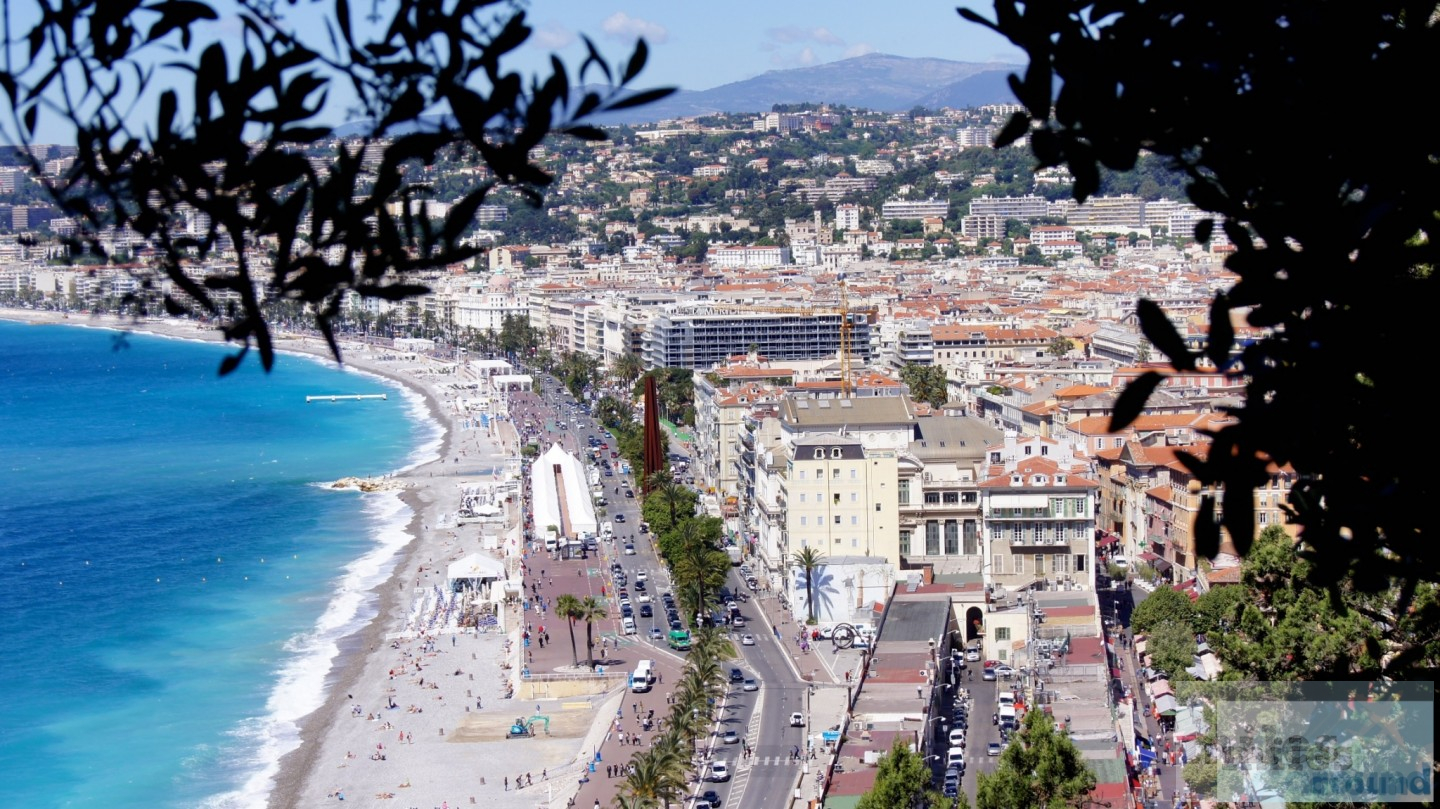Our destination for today was the beautiful port town of Saint-Tropez. Because the journey along the coastal road is very time-consuming, we left Nice early in the morning.
Malpasset Dam
On the way to Saint-Tropez, we first visited the ruins of a dam. The Barrage de Malpasset (French for "barrage") was a dam in Provence, north of Fréjus. Completed in 1954, it served to supply water and irrigate a nearby plain with its reservoir created by the Reyran River. On December 2, 1959, at 9:13 p.m., the dam collapsed without much warning, sending a flood wave approximately 40 meters high crashing down into the valley. Sadly, approximately 421 people died.
We approached the former dam (Site de Malpasset, coordinates: 43° 30′ 44″ N, 6° 45′ 24″ E) from the north. The dirt roads are passable even without a jeep in good weather. However, we would like to point out that we drove through open barriers, and we cannot guarantee that they will always be open. However, it is also possible, and after heavy rains, even recommended, to approach from the south. There is also a parking lot here, from which you can walk to the dam in about 2 kilometers. You walk through the former riverbed of the Reyran mountain stream and emerge at the foot of the dam.
The wall was almost completely eroded by the force of the water. Only a few sections of the wall on the right bank (as seen in the direction of flow) remained almost intact. Wall fragments, some the size of a house, lie scattered over a distance of several hundred meters downstream. The Barrage de Malpasset was a double-curved, equal-angle arch dam with a variable radius, approximately 66 m high above the foundation base, approximately 222 m long at its crest, and had a volume of 47,857 m³ (source: WikipediaWhat surprised us was that there were hardly any steel reinforcements in the ruins. The entire dam was actually made of concrete and rock. How could anyone have built something like that? There's more iron in the foundation for our garage! However, the cause was later determined to be an undiscovered crack in the rock. Water is said to have penetrated this crack unnoticed, and the resulting pressure lifted the wall from its foundation.
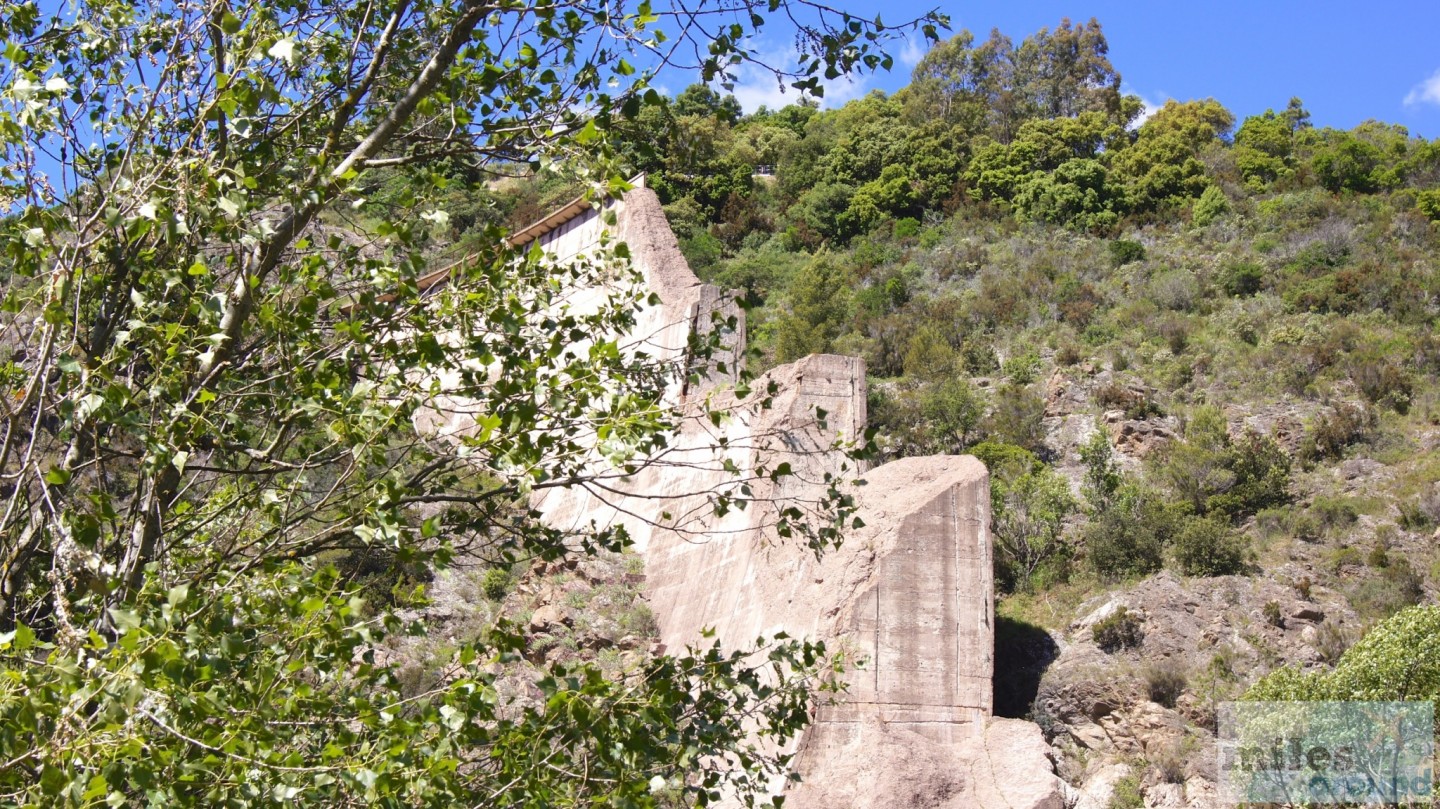
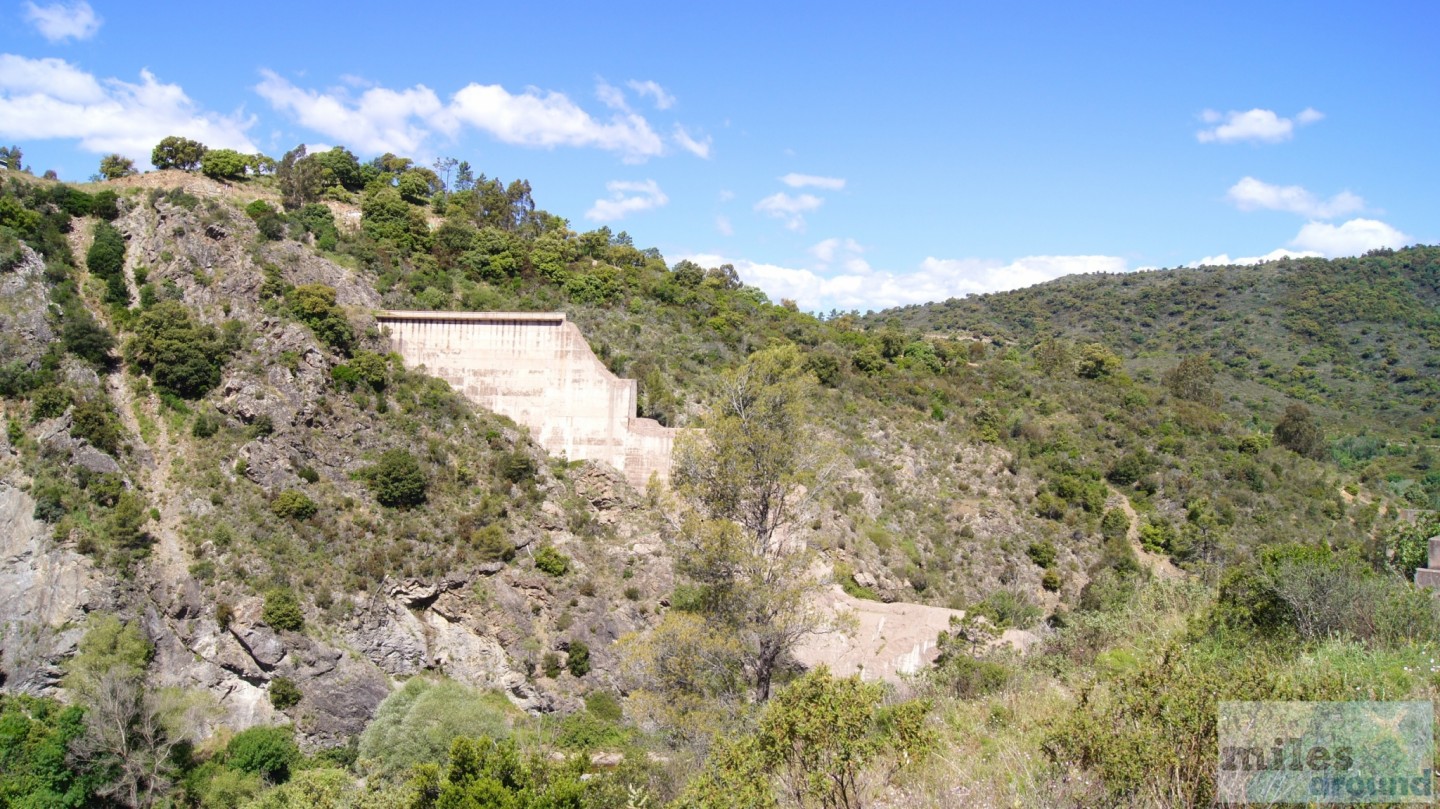
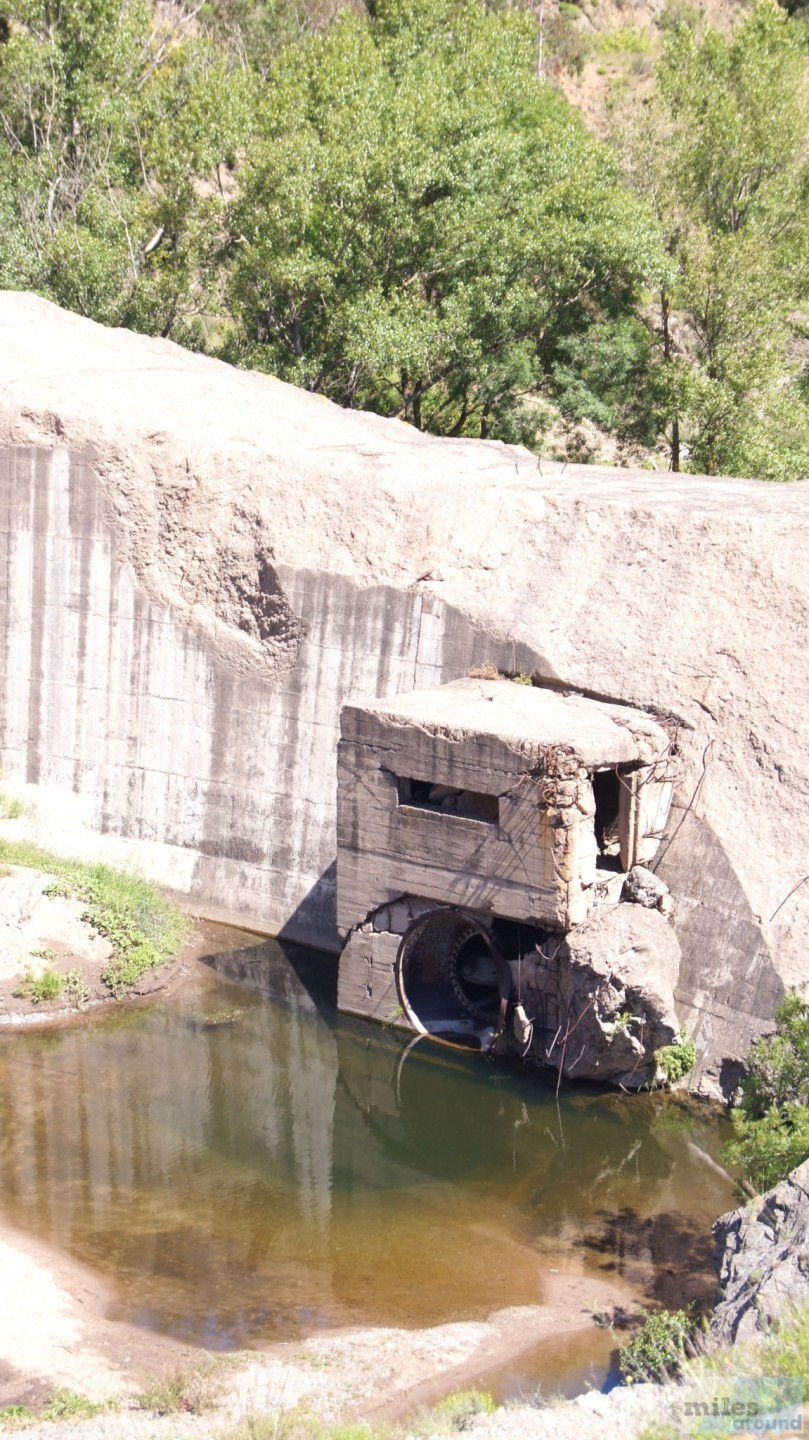
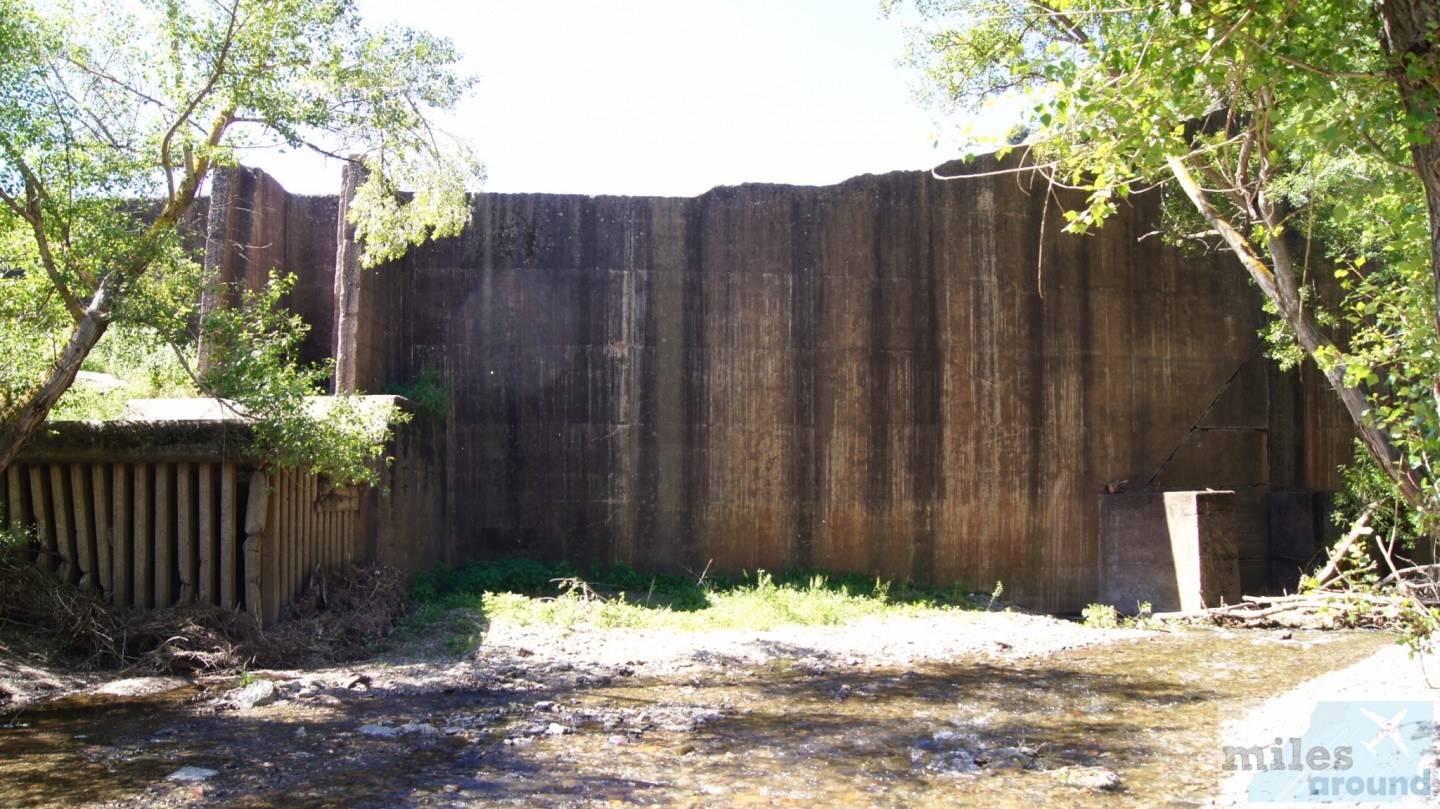
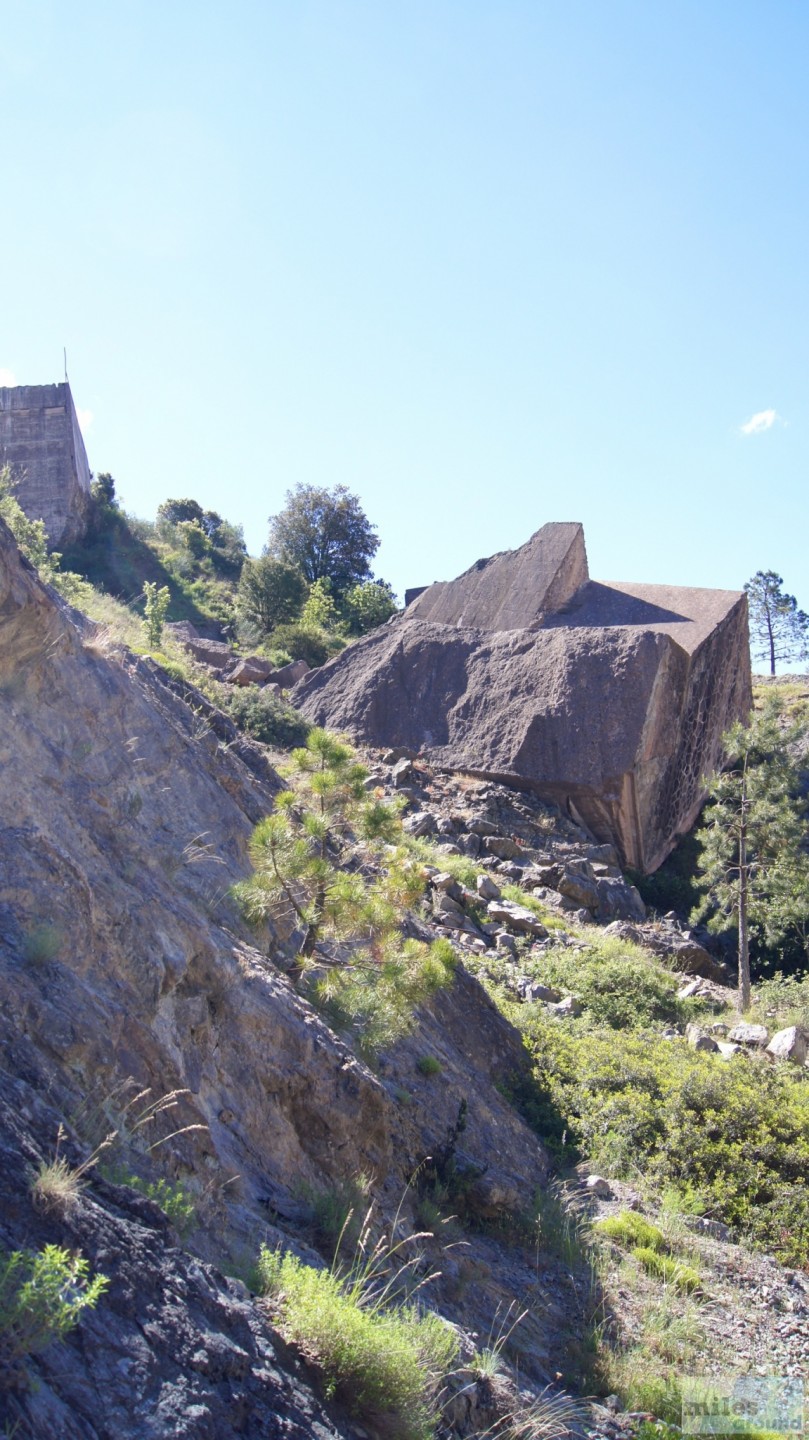
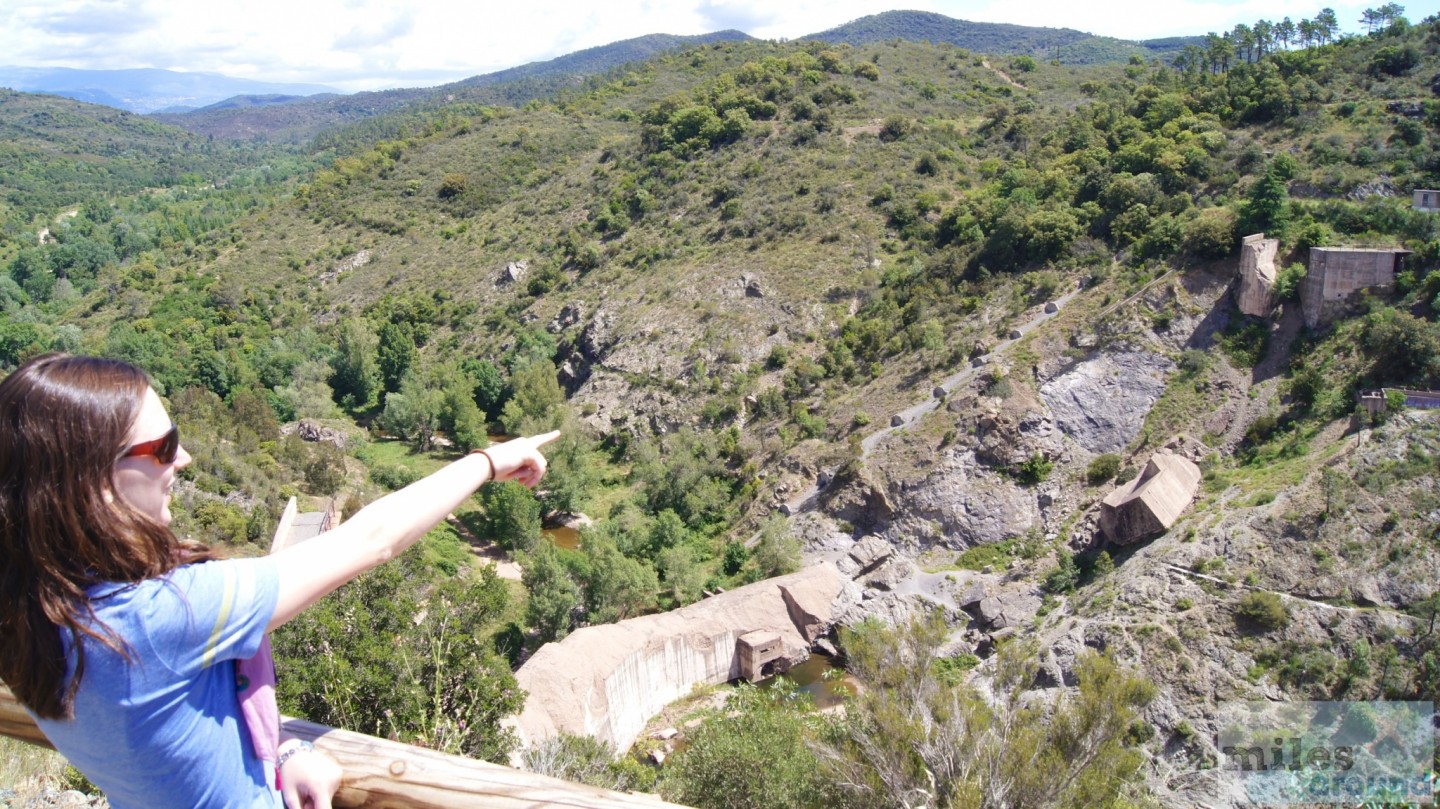
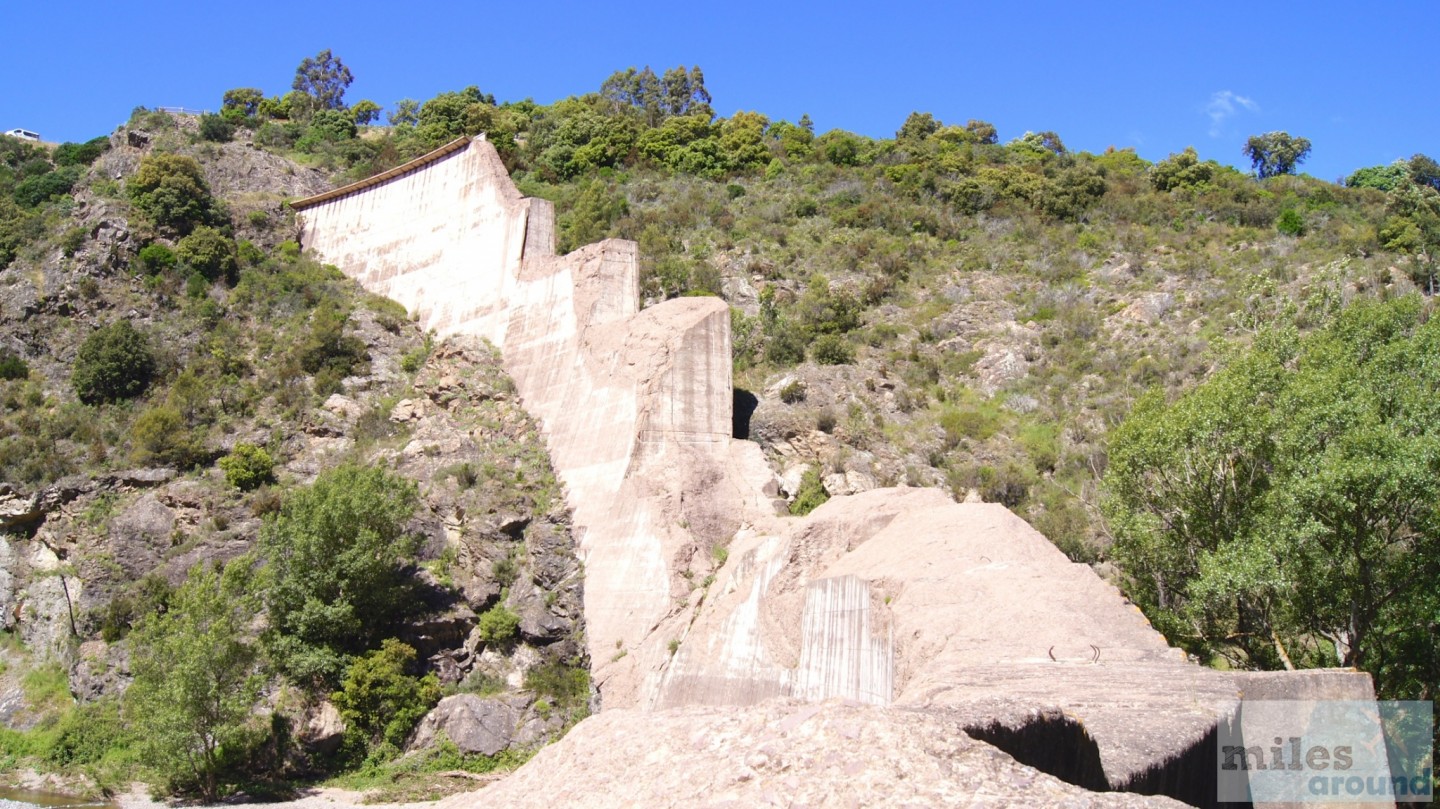

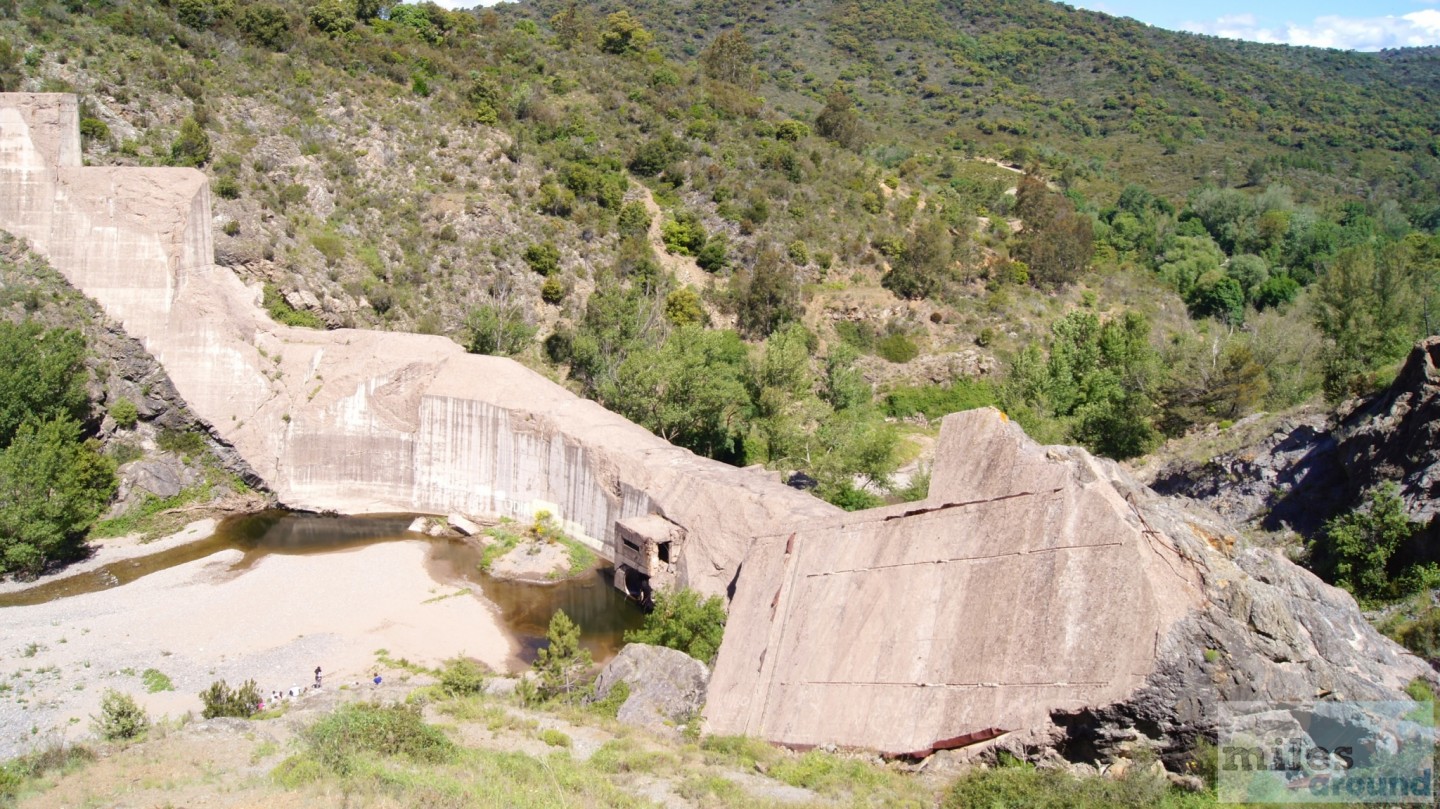
Port Grimaud
After exploring the French "engineering," we continued on to Port Grimaud. This lagoon settlement was designed in 1964 by architect François Spoerry and touted by many as a Provençal Venice. Before exploring the village, however, we packed our swimsuits. We finally wanted to cool off in the Mediterranean with an outside temperature of 24°C. Unfortunately, the water was simply too cold. The first time we stepped in with our feet, it really hurt. But now we were here, at least we could go in up to our waists for a bit.
Afterwards, we visited the harbor village of Port Grimaud. Its colorfully whitewashed, tiled-roofed houses were all built on stilts in the bay. You can explore the many small canals yourself by electric motorboat. However, at €25 for 30 minutes, this was too expensive for us. So we simply sat on a bench and ate our lunch, enjoying the view of the magnificent yachts. You shouldn't plan much time for a visit. Many paths ended at a gate or private road for us.
Saint-Tropez
We continued on to our actual destination for the day: Saint-Tropez. We parked in one of the large parking lots right by the harbor. These are quite expensive, but you can be sure that your car will still be there at the end of the day. First, we went to the old police station, the "Gendarmerie Nationale." This building is famous from the Louis de Funès film "The Gendarme of Saint-Tropez."
Afterwards, we strolled through the harbor. This area is primarily characterized by numerous artists who either paint on-site or sell their paintings. We were somewhat disappointed by the moored yachts. The harbors in Cannes or Monaco offer more.
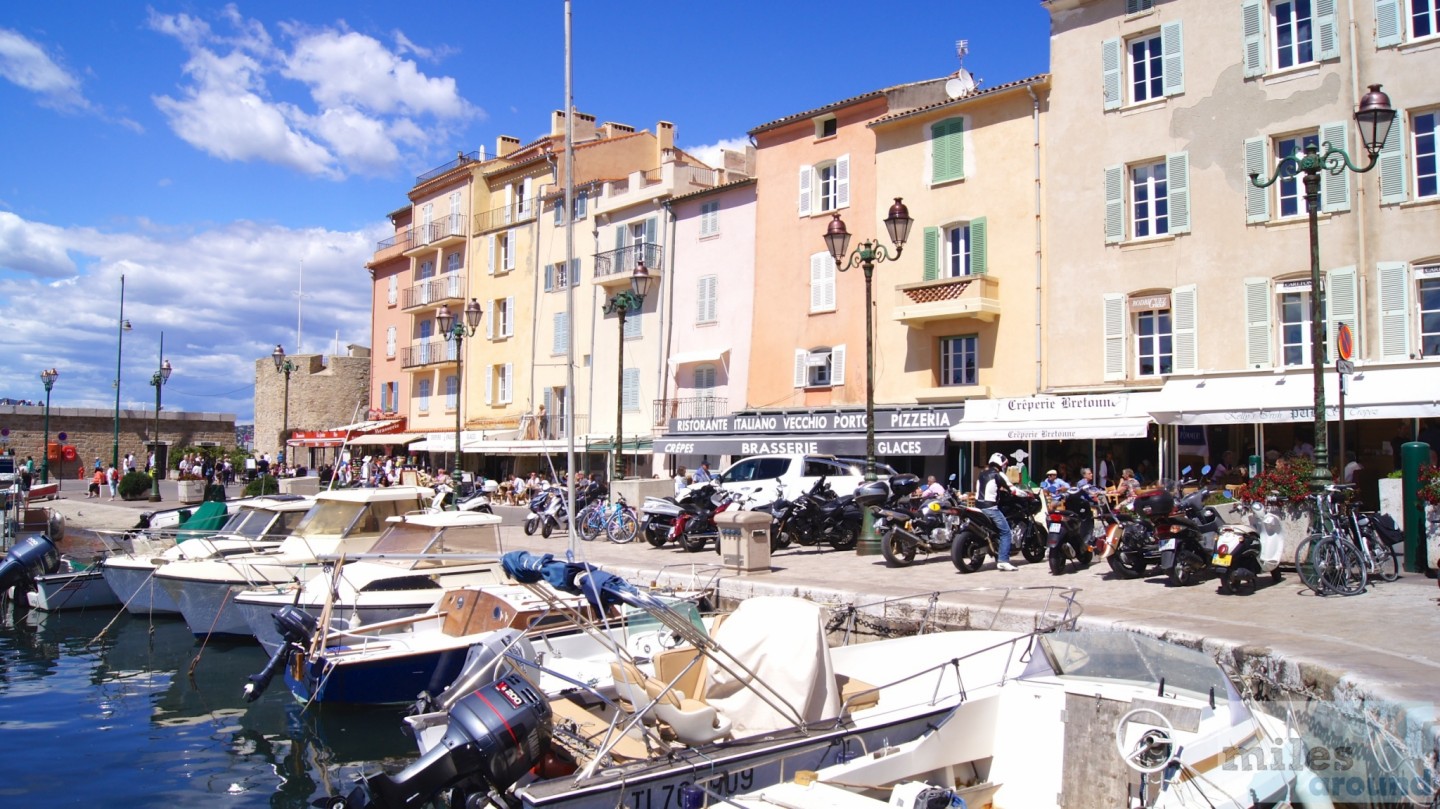
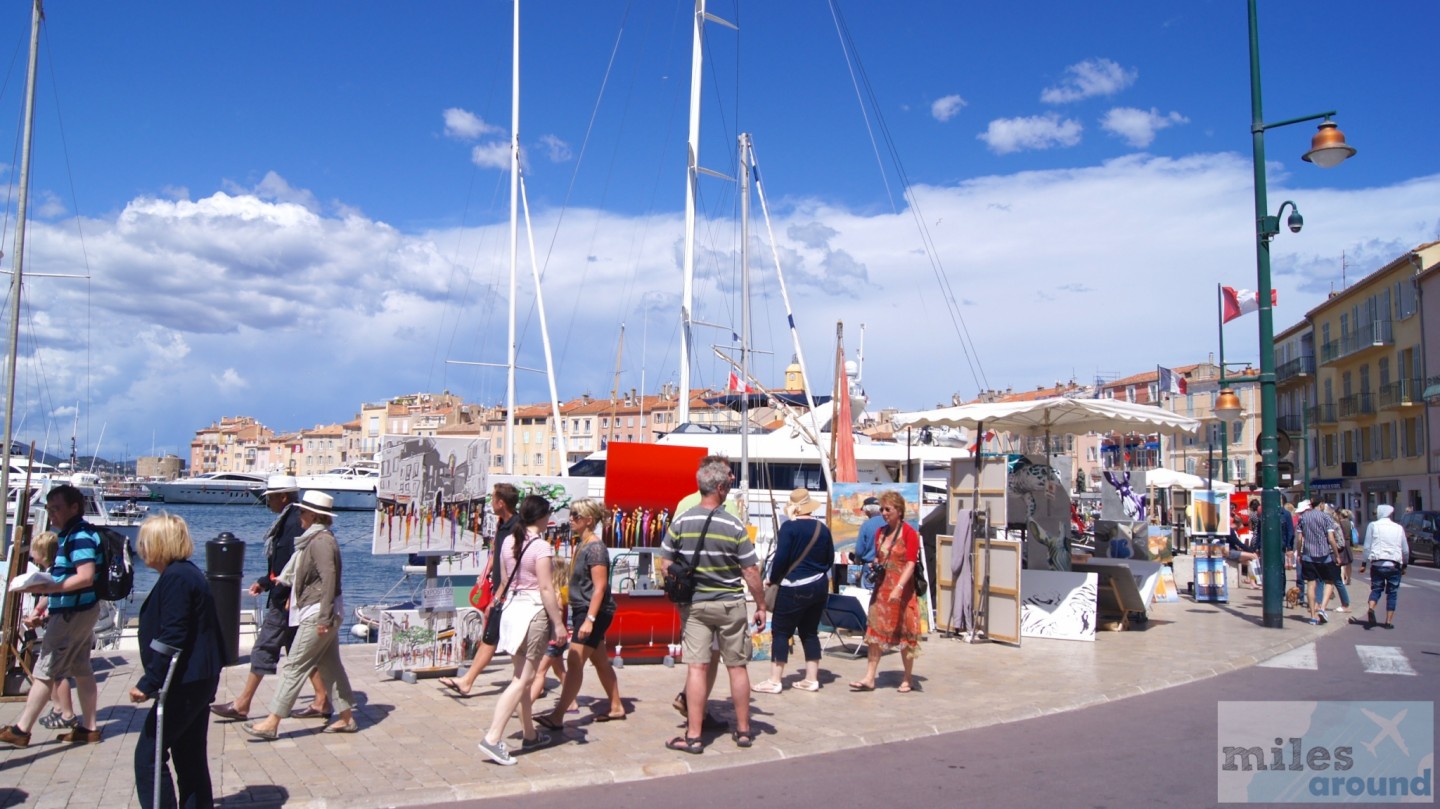
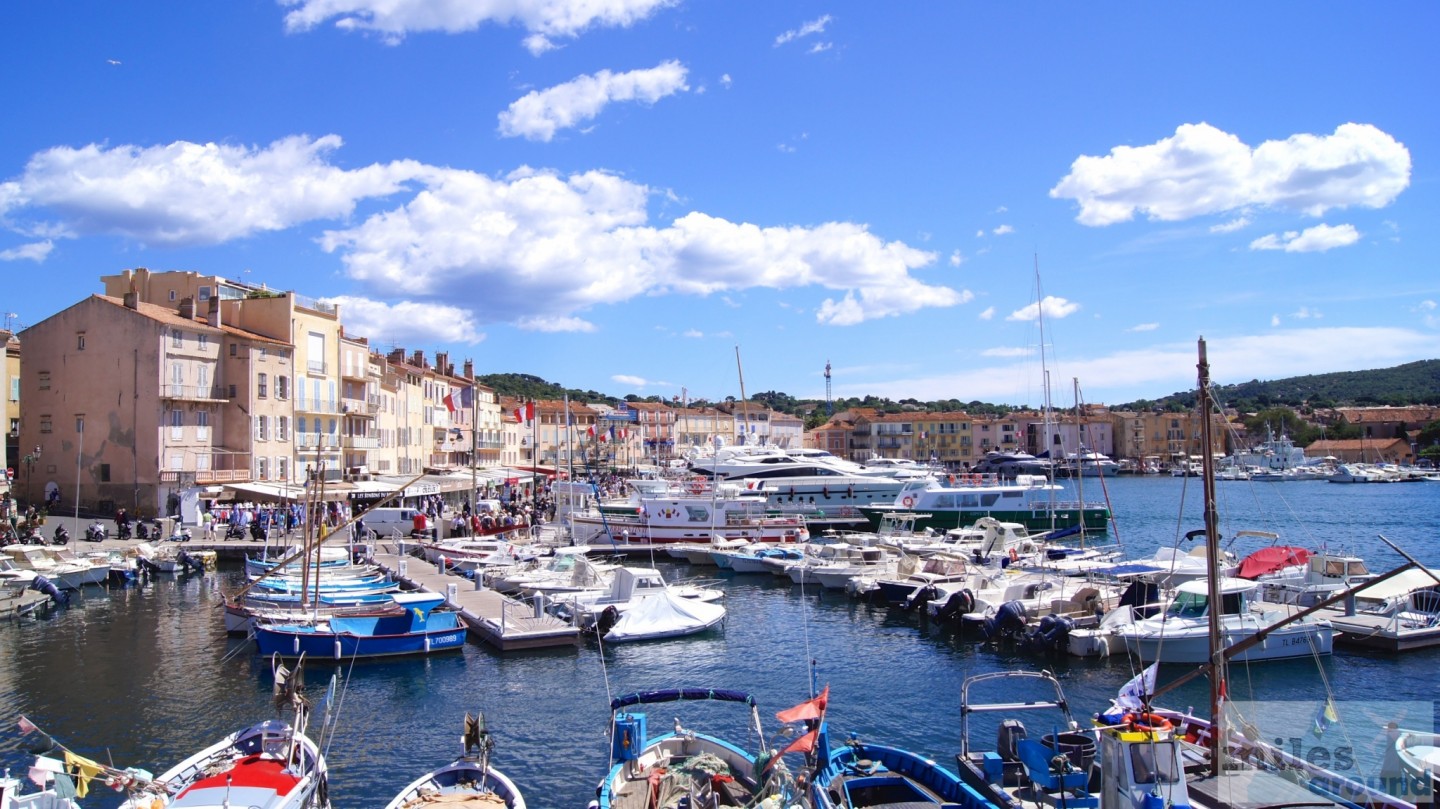
Anyone who's ever in Saint-Tropez shouldn't miss a visit to La Citadelle. Although it was closed at the time of our visit, the circular walk offers some beautiful viewpoints. For example, on the west side, we had a lovely view of the villas lining the coast.
Are you still looking for a suitable hotel on the Côte d'Azur?
You can find a hotel to suit your budget via various online travel agencies such as Agoda, Booking.com, ebookers.com, Expedia, Hotels.com, lastminute.com, opodo, otel.com or Venere.com.

